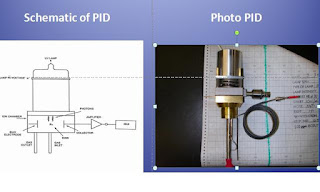 |
| Rascal, Renegades Mascot mummified |
For anyone familiar with last year's Halloween event at Dutchess Stadium courtesy of the Hudson Valley Renegades, you know that it was right after the first, and biggest, snowstorm of the region.
 |
| George Ruger, Councilor Mid-Hudson ACS |
Not to be outdone in 2012, this year Halloween was preceded by Hurricane Sandy, or as some called her, the Frankenstorm. While the storm left quite a mess to clean up, there was still time to stop briefly and reflect on the true meaning of Halloween- CANDY, with a little bit of Chemistry mixed in.
The event hosted over 1,000 attendees. We had kids all dressed up and ready to get candy from about 20 vendors. Many of the vendors were sponsors of various games during the season. The primary sponsor, TEG FCU, made it all possible for the event to be free of charge to the public.
 |
| TEG Credit Union employees, who were the primary sponsors of the event |
 There was face painting, pumpkin and Renegades hats decorating, food, and a bouncy house of course. Plus happy kids getting loaded up on sugar and chocolate, and so were some of the parents too!
There was face painting, pumpkin and Renegades hats decorating, food, and a bouncy house of course. Plus happy kids getting loaded up on sugar and chocolate, and so were some of the parents too!
 |
| Our excellent Renegades staff, Vicky and Kristen
|
And what about the Chemistry you ask? Well, the Mid Hudson section brought their own twist to the holiday, and showed some Chemistry in between giving out handfulls of candy. There was the now classic pH testing of drinking water (pH of around 7) and soda (pH about 3) Yes, that nice beverage to wash down all that sugary goodness is on the acidic side. It may taste good, but not quite so good for your teeth. Not so much for the rest of you either!

We also had our chemical volcano- the good old baking soda and vinegar trick, with some added color of the Blood of the Dead!! Ok, it was food coloring- Don't call OSHA or anything. We tried various colors, red, green, blue, purple. Purple is quite popular among kids. Yellow- not so much.
 |
| Renegades staff fighting them ghosts
|
A new adventure for our Halloween event was the good old soda and mentos rockets experiment. Sadly, they did not work very well. They definitely work better at Summer Camp when it is warm out, not as much when the mercury drops. See, there is always something to be learned about Chemistry- even during Halloween!
A special thank you to our hosts the Hudson Valley Renegades, and to our reporter on the scene and newest Chemistry Ambassador, Stefanie at HappyHudsonValley.com
We hope to see more people next year.
































